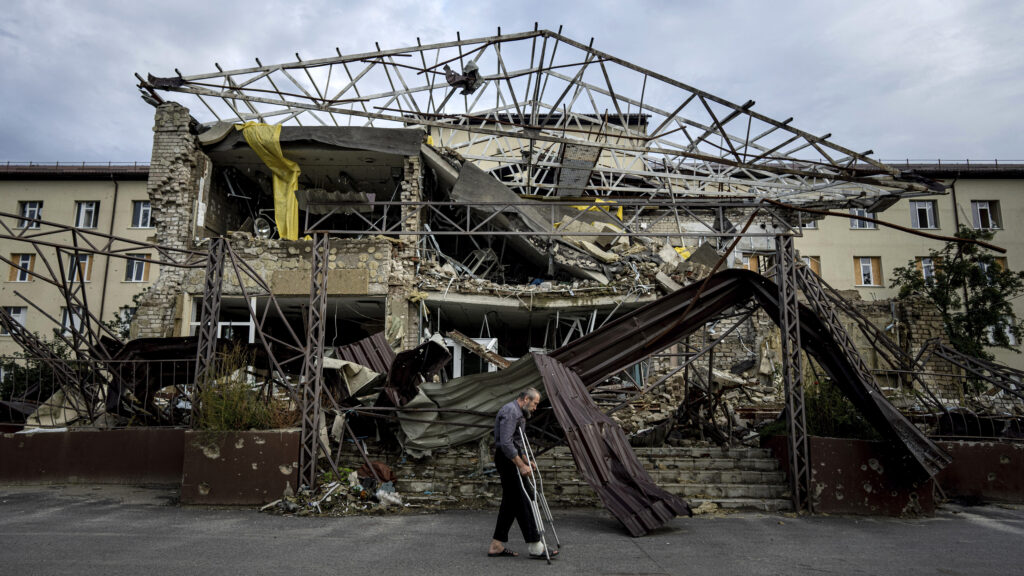In recent months, evidence suggests, the war in Ukraine and the ongoing conflict in Gaza have led to spikes of multidrug-resistant bacterial infections. This is to be expected; conflicts often create conditions that are perfect for drug resistance to emerge and spread, with the first evidence of this dating back as far as the 1940s.
What is particularly worrisome about this is that the number of conflicts across the globe is at an historical high, and on the rise. This suggests that, even with nearly 5 million deaths a year now associated with antimicrobial resistance (AMR), we may have drastically underestimated the true scale of this escalating global crisis — it may be spreading even faster than we realized.
Until now, most of the focus on AMR has been on the inappropriate use of existing antibiotics and the dwindling global supply of new ones as pharmaceutical companies have steadily withdrawn from the market. These have certainly been the main drivers of drug resistance over time, but conflict is now also playing an increasingly significant role, because of its potential to drastically accelerate the emergence and spread of drug-resistant bugs. We now need to start factoring this into our science, policy, and thinking, particularly in the run up to the 2024 United Nations High-Level Meeting on AMR. If we fail to do that, we risk missing a very important piece of the puzzle.



That is a pretty good question I would guess that they are referring to the period of time between the end of WWII and the present day. Which has been one of the most peaceful times in history.